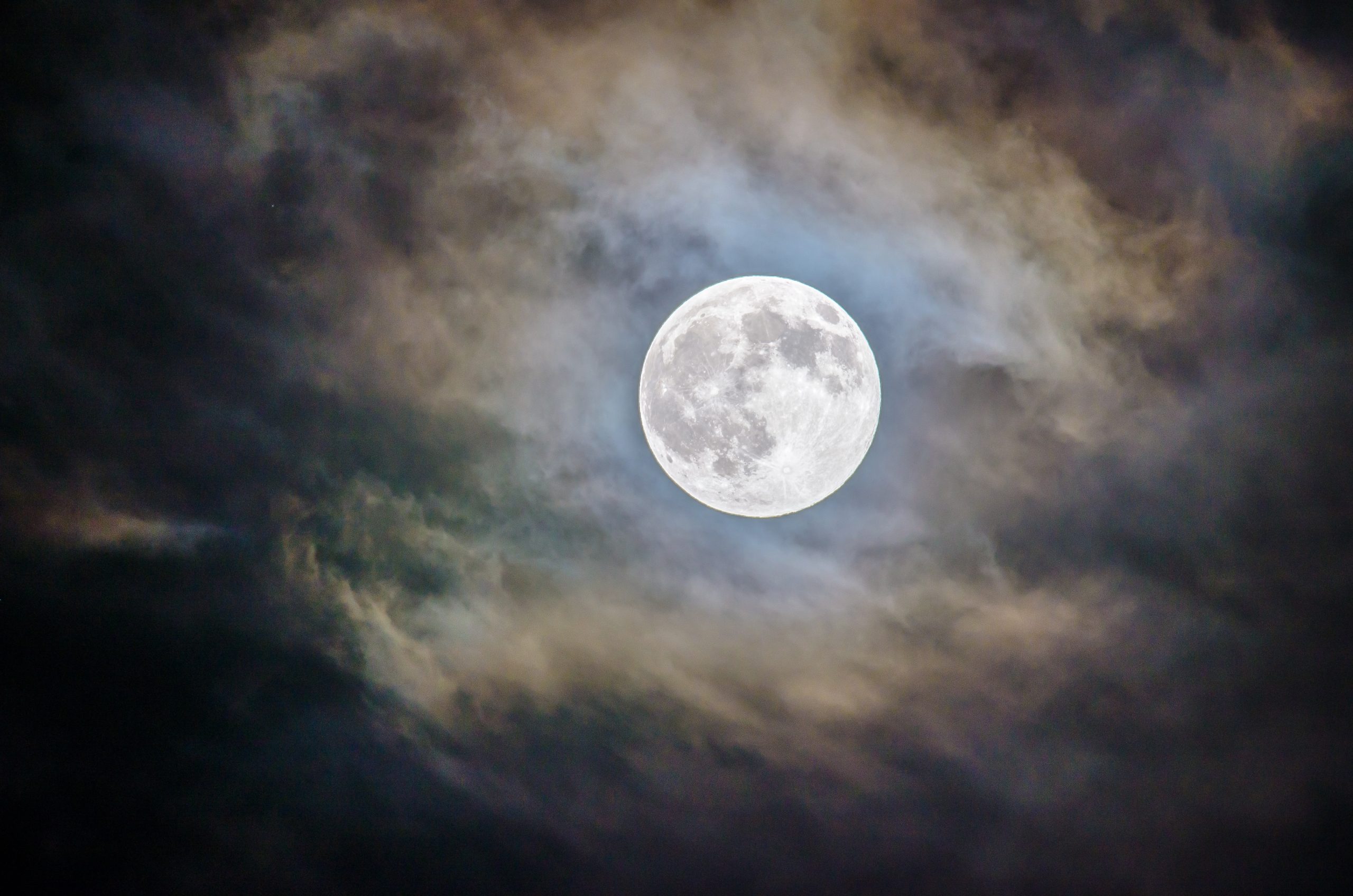What Do Viking Runes Mean?
In the world of ancient Nordic culture, the Vikings left an indelible mark with their vast seafaring expeditions, military prowess, and unique religious beliefs. One of the most fascinating aspects of Viking culture is their system of writing known as runes.
Runes were not just letters but also symbols with hidden meanings. Used primarily between the 2nd and 12th centuries, Viking runes were inscribed on various objects, from stones and wood to bone and metal. These inscriptions provide insights into Viking society, spirituality, and beliefs.
The Origins of Runes
The word “rune” itself comes from the Old Norse word “rún,” meaning “secret” or “whisper.” The runic script was derived from the earlier Elder Futhark, which consisted of 24 characters or letters. The Elder Futhark has its origins in the 1st century and spread across Germanic and Scandinavian cultures.
Over time, the runic system evolved into different regional variations, such as the Younger Futhark, which was popular among Viking Age Scandinavians.
The Alphabet of Viking Runes
Viking runes were more than just a simple alphabet. Each symbol had its own divinatory and magical properties. The Younger Futhark, the most common runic alphabet used by the Vikings, consisted of 16 characters, divided into three groups, known as aettir. Here is a breakdown of each group:
| Aett 1 – Freyja | Aett 2 – Heimdall | Aett 3 – Týr |
|---|---|---|
| Fehu (wealth) | Hagalaz (destruction) | Tiwaz (justice) |
| Uruz (strength) | Nauthiz (need) | Bjarkan (birth) |
| Thurisaz (giant) | Isa (ice) | Ehwaz (horse) |
| Ansuz (divinity) | Jera (harvest) | Mannaz (man) |
| Raido (journey) | Eihwaz (yew tree) | Laguz (water) |
| Kaunan (torch) | Perthro (mystery) | Ingwaz (fertility) |
| Gebo (gift) | Algiz (protection) | Othila (inheritance) |
Each rune carried its own symbolic and esoteric meaning, reflecting aspects of the natural world, ancient myths, and the primitive forces of nature.
The Meanings and Interpretations of Viking Runes
The Viking runes hold different meanings and interpretations, both individually and in combination with each other. Here are some notable runes and their symbolic significance:
Fehu (Wealth)
Fehu represents wealth and material possessions. It indicates abundance and success in financial matters. When drawn in a reading, Fehu suggests good fortune and prosperity in various aspects of life.
Hagalaz (Destruction)
Hagalaz signifies chaotic and disruptive forces beyond human control. It represents unexpected change, destruction, and disruption. Hagalaz warns of potential obstacles and upheavals in one’s path.
Tiwaz (Justice)
Tiwaz is associated with justice, honor, and guidance. It represents fairness, self-sacrifice, and the pursuit of truth. Tiwaz suggests a need for courage and integrity in facing challenges.
Mannaz (Man)
Mannaz symbolizes human existence, relationships, and the collective consciousness. It signifies the importance of cooperation, social connections, and the sharing of knowledge and wisdom.
Algiz (Protection)
Algiz represents protection, both physical and spiritual. It signifies a shield against harm and serves as a reminder to stay vigilant and be cautious of potential threats. Algiz encourages personal growth and inner strength.
Othila (Inheritance)
Othila reflects ancestral heritage, traditions, and family ties. It symbolizes stability, home, and the passing down of wisdom from one generation to the next. Othila suggests a need to appreciate and honor one’s roots.
Reading Viking Runes
Divination with Viking runes was a common practice in ancient Norse cultures. To perform a rune reading, the runes were traditionally cast onto a cloth or animal skin, and the interpretation was derived from the runes’ positions and the symbols themselves.
Each rune drawn had a specific meaning and could offer guidance or insight into particular aspects of life, such as love, career, or spirituality. However, much like modern tarot readings, the interpretation of runes depends on the skill and intuition of the reader.
In Conclusion
Viking runes are much more than a forgotten ancient script. They represent a rich and complex system of symbols with deep spiritual and mythological significance. The meanings of Viking runes provide a window into the beliefs and values of the Viking Age Scandinavians, allowing us to connect with their ancient wisdom and understand their world a little better.
Next time you come across Viking runes, take a moment to appreciate the hidden messages they carry and the stories they tell.
Sources:
- “Viking Runes: A Guide to the Ancient Norse Symbols” – Ancient Origins
- “The Origins of the Runes” – Norse Mythology blog
- “The Mystery of the Viking Runes” – The Viking Rune
Table of Contents
